Four Key Actions To Tackle Psychosocial Risks in the Workplace
)
Dave Burroughs (the Principal Psychologist, Founder of Australian Psychological Services and the Chief Mental Health Officer for Westpac Group) has over 15 years of expertise in the psychological health and safety field.
He expands on four key actions that organisations should take.
- Understand what’s driving major psychosocial hazards in your workplace
Dave explains that across most industries he’s working with, work overload seems to be a common theme while in the customer/public facing roles, exposure to increasing occupational violence and aggression (OVA) is becoming a big issue.
“I am seeing lot of tokenistic solutions for work overload, such as ‘micro breaks’, email signatures about flexible working or recommendations to just get better at prioritisation,” he says. “This is a real shame, as none of this addresses the real risk drivers”.
To understand these complex drivers, one needs to investigate the type of work being done, the amount of job control and support provided, and the way in which the work is scoped, designed and rewarded. “Looking at this from a psychosocial risk and job redesign perspective is key as the answer is rarely about hiring more people,” adds Dave.
Similarly, organisations need to be deliberate in understanding causes and triggers of OVA. Factors such as customer experience issues, work design, and the influence of leadership behaviour all contribute to risk outcomes. It is crucial that organisations apply a systems-based approach that enables early intervention and prevention, rather than adopting incident response mechanisms.
- Implement the right systems and approaches
Noting that a systems-based approach to mental wellbeing is one that few organisations have fully engaged with yet, Dave advises organisations to look beyond the marketing. “It’s increasingly recognised that a lot of the most popular mental health programs have very limited efficacy, and in some instances may actually have an adverse impact on mental health and psychosocial risk issues in the workplace,” he comments.
To avoid this outcome, companies need to check the foundational elements of their approach.
- Removing barriers to wellbeing
Dave reiterates that the organisational barriers to wellbeing are the same barriers that will undermine morale, engagement and performance. “Focusing on job design and incremental improvements can have a huge impact,” he says.
Rather than putting down tools or enduring organisational disruption, this is about ongoing work design improvements and enhancing leadership capability. However, Dave is adamant that this is not about turning leaders or managers into amateur psychologists, counsellors or psychosocial risk experts. “Rather, it’s about equipping them with the type of leadership knowledge and capabilities, and the support and escalation pathways to enable them to maximise their influence on people’s overall experience of work.”
- Pivot to meet regulatory requirements
Dave stresses that organisations should have a clear understanding of the regulatory requirements across their respective state/territory or national regulator. “They need to understand that psychosocial risk management is not new, it has been around for decades. But it is new-ish to most organisations and very new to most providers now proclaiming expertise in this domain,” he says.
To achieve improved regulatory compliance, he advocates for careful review of organisational psychosocial health and safety infrastructure against a psychological health and safety (PH&S) framework, as well as an assessment of possible integration and simplification to enable a ‘building block’ approach.
Also crucial is that an organisation has the mechanisms in place to monitor organisational psychosocial health, deep dive and assess risk where required and develop effective controls with robust mechanisms for psychosocial risk reporting.
Tackling Complex Matters
Dave will be taking to the stage at the upcoming Workplace Health & Safety Show in Sydney this October, in a seminar session that will elaborate on psychosocial risk factors and highlight actionable strategies to manage these effectively.
Dave will be among the line-up of experts who will be presenting at the Workplace Wellbeing Summit (one of three dedicated Summits featured at this year’s Workplace Health & Safety Show). These sessions will explore how to manage psychosocial risks, navigate challenging conversations and support the workforce. The Workplace Wellbeing Summit agenda is available at: https://whsshow.com.au/sydney-2024-agenda/sydney-workplace-wellbeing-summit
Taking place from 23-24 October 2024, at The Dome, Sydney Showground, the Show also features over 160 exhibiting brands, making it easy for guests to source the latest safety solutions and products, all under one roof.
Registration for the Show is free. More information is available at https://whsshow.com.au/

